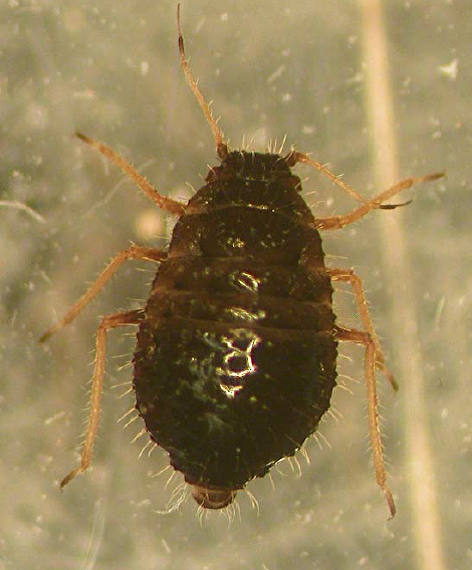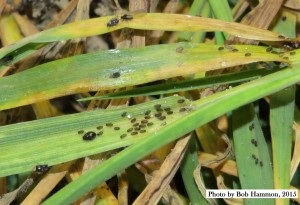New Invasive Aphid Pest of Wheat Now in South Carolina
go.ncsu.edu/readext?408048
en Español / em Português
El inglés es el idioma de control de esta página. En la medida en que haya algún conflicto entre la traducción al inglés y la traducción, el inglés prevalece.
Al hacer clic en el enlace de traducción se activa un servicio de traducción gratuito para convertir la página al español. Al igual que con cualquier traducción por Internet, la conversión no es sensible al contexto y puede que no traduzca el texto en su significado original. NC State Extension no garantiza la exactitud del texto traducido. Por favor, tenga en cuenta que algunas aplicaciones y/o servicios pueden no funcionar como se espera cuando se traducen.
Português
Inglês é o idioma de controle desta página. Na medida que haja algum conflito entre o texto original em Inglês e a tradução, o Inglês prevalece.
Ao clicar no link de tradução, um serviço gratuito de tradução será ativado para converter a página para o Português. Como em qualquer tradução pela internet, a conversão não é sensivel ao contexto e pode não ocorrer a tradução para o significado orginal. O serviço de Extensão da Carolina do Norte (NC State Extension) não garante a exatidão do texto traduzido. Por favor, observe que algumas funções ou serviços podem não funcionar como esperado após a tradução.
English
English is the controlling language of this page. To the extent there is any conflict between the English text and the translation, English controls.
Clicking on the translation link activates a free translation service to convert the page to Spanish. As with any Internet translation, the conversion is not context-sensitive and may not translate the text to its original meaning. NC State Extension does not guarantee the accuracy of the translated text. Please note that some applications and/or services may not function as expected when translated.
Collapse ▲
Sipha maydis. Photo from J. Sorensen, California Department of Food and Agriculture.
It’s been a while since we’ve had a new invasive pest of wheat, but an aphid, Sipha maydis, has recently been discovered in Hampton County, South Carolina, in a field of rye cover crop that also had some wheat plants in the field. A native of the Old World, previously it had spread in the field to Argentina, Alabama, New Mexico and Colorado. Other greenhouse and produce findings have been made in California, Georgia and Florida. It’s probably a matter of time before we see this insect in North Carolina, if it is not already here.
Wheat and barley are this aphid’s preferred hosts, although it can feed on many weedy grasses, corn and sorghum. It is a particular concern in wheat and barley since it can kill leaves and transmit barley yellow dwarf virus. This aphid is smaller than most of our other aphids, dark colored and pear shaped.
Note: the preceding information was adapted by D. Reisig (NC State) almost entirely from http://wci.colostate.edu/shtml/Sipha.maydis.shtml and http://entomologytoday.org/2015/02/03/new-invasive-aphid-pest-found-in-albuquerque-area/.



